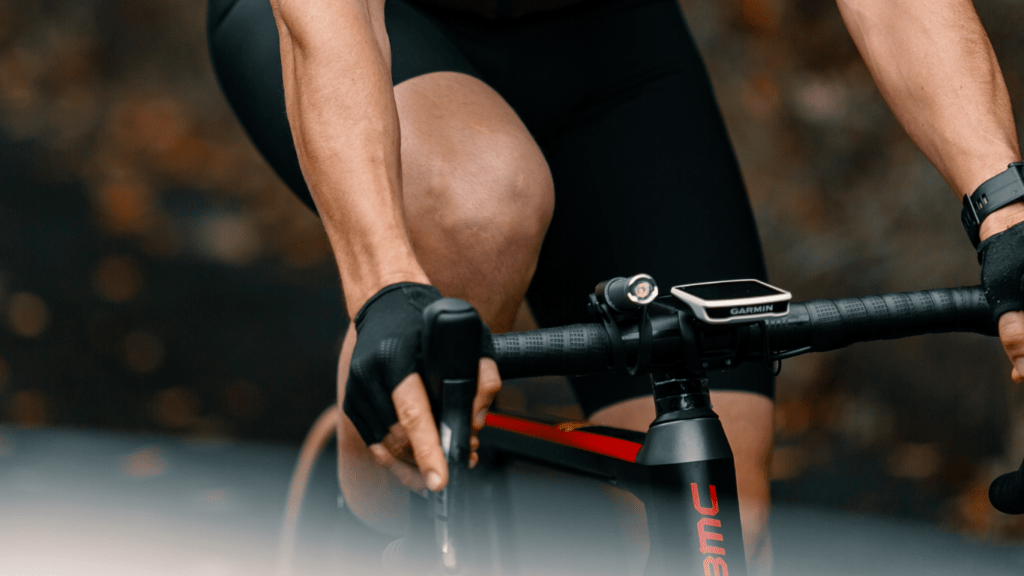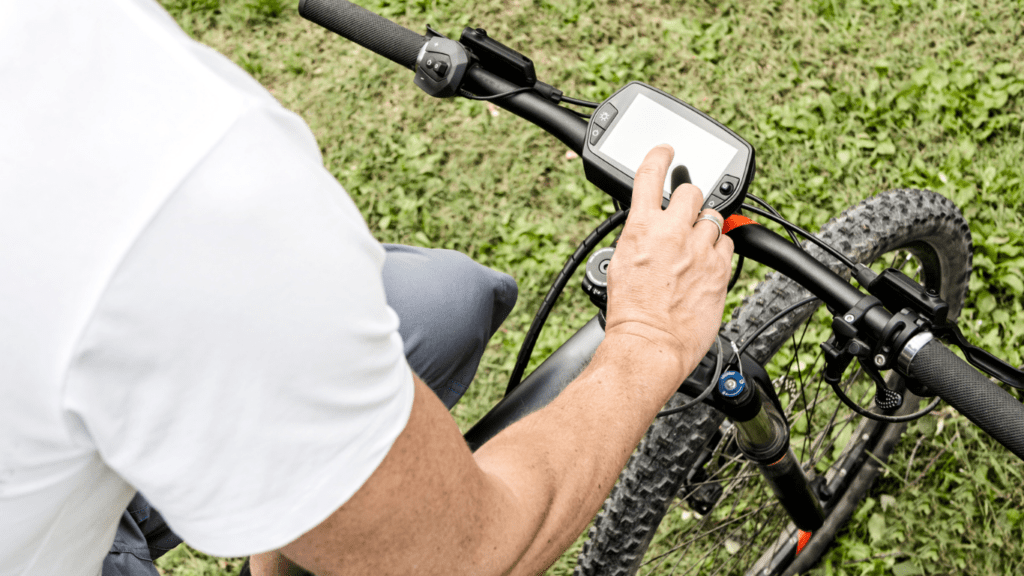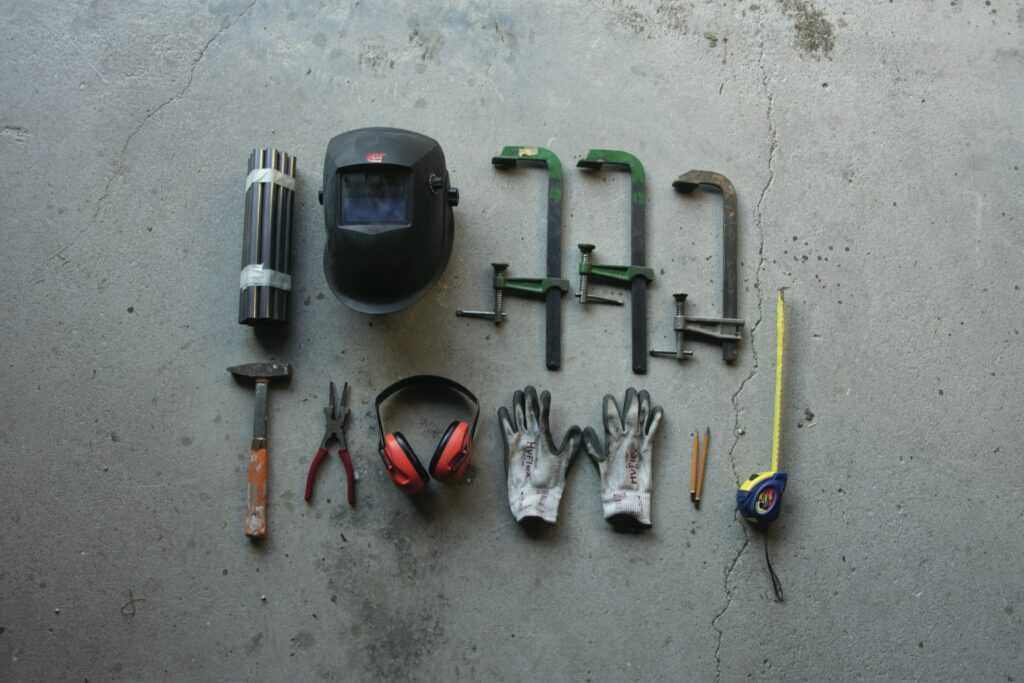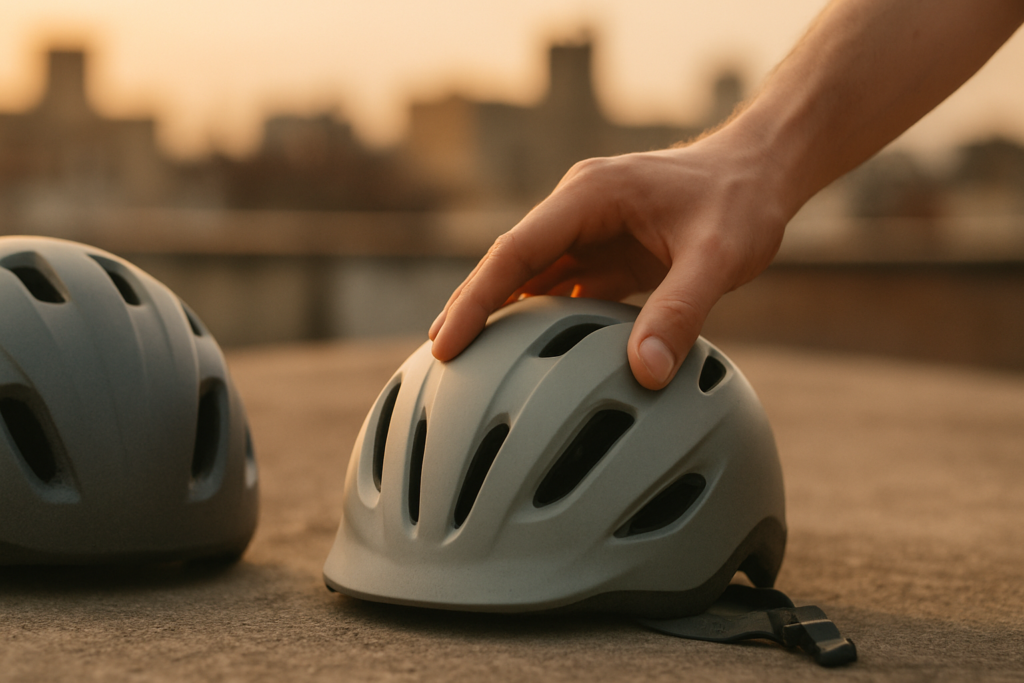Understanding Cycling Computers and GPS Devices
Cycling computers and GPS devices offer critical support to enhance your cycling experience. These gadgets capture your performance data, helping you achieve your cycling goals more effectively.
What Are Cycling Computers?
Cycling computers record data like speed, distance, and time. Advanced models also measure heart rate, cadence, and power output. The data looks like this:
| Feature | Description |
|---|---|
| Speed | Monitors your current, average, and max speed |
| Distance | Tracks the distance traveled during a ride |
| Time | Measures the duration of your ride |
| Heart Rate | Syncs with a monitor to track your heart rate |
| Cadence | Counts pedal revolutions per minute |
| Power Output | Measures your power in watts |
Many cycling computers display this data in real-time, allowing you to adjust your effort on the fly. Some include navigation features, guiding you along predefined routes.
The Role of GPS in Cycling
GPS devices in cycling provide route navigation and performance tracking. They use satellite systems to pinpoint your location, logging your route and elevation data. Key benefits include:
- Route Planning: Create custom maps or use preloaded ones.
- Turn-by-Turn Navigation: Offers directions during your ride.
- Elevation Tracking: Logs altitude changes to analyze climbs and descents.
- Performance Metrics: Tracks location-based data like speed and distance.
Examples include Garmin Edge 530 and Wahoo ELEMNT Bolt, known for their accurate GPS tracking and user-friendly interfaces. They not only enhance route planning but also offer detailed post-ride analysis.
Cycling computers and GPS devices cater to cyclists of all levels, providing a blend of performance tracking and navigation to optimize your cycling experience.
Features to Consider in Top-Rated Devices
When choosing top-rated cycling computers and GPS devices, several features enhance their utility and performance.
Connectivity and Compatibility
Connectivity and compatibility ensure seamless data transfer and interaction with other devices.
Many top-rated cycling computers use Bluetooth and ANT+ to connect with smartphones, heart rate monitors, and power meters. Integration with apps like Strava, TrainingPeaks, and Komoot improves data analysis and route planning.
For instance, Garmin and Wahoo models offer robust connectivity options, enabling users to sync ride data across platforms effortlessly.
Durability and Water Resistance
Durability and water resistance prolong device life and ensure consistent performance in varying conditions. Top-rated cycling computers are built with rugged materials, protecting against falls and impacts.
Water resistance ratings like IPX7 or IPX6, found in models like the Garmin Edge 1030, enable use during heavy rain or wet conditions without malfunctioning. These features ensure reliable performance regardless of weather or terrain.
Display and Battery Life
Display and battery life affect usability, especially on long rides. High-resolution, sunlight-readable screens enhance data visibility.
Devices like the Wahoo ELEMNT Bolt offer customizable displays, allowing users to prioritize specific metrics.
Long battery life is crucial for extended rides; the Garmin Edge 830, for example, provides up to 20 hours of usage on a single charge.
Some models also feature power-saving modes to extend battery life further, ensuring functionality during multi-day adventures.
Review of Top-Rated Cycling Computers

Cycling enthusiasts rely on cycling computers to enhance their rides. Here’s my breakdown of top-rated options for various budgets and needs.
Budget-Friendly Choices
For cyclists seeking cost-effective options, several models excel in performance at affordable prices.
- Garmin Edge 130 Plus – This compact device offers reliable GPS tracking, an easy-to-read display, and advanced performance metrics. It supports up to 12 hours of battery life and provides smart notifications.
- Bryton Rider 15 Neo – Known for its simplicity, the Rider 15 Neo features built-in GNSS for accurate ride data. The device offers 16 hours of battery life and includes functions like auto backlight and customizable data pages.
- CatEye Velo Wireless – This entry-level computer focuses on essential features like current speed, average speed, and trip distance. Its wireless setup ensures a clutter-free handlebar and includes a long-lasting battery.
High-End Models
For those prioritizing advanced features and top-notch performance, high-end models offer unparalleled functionality.
- Garmin Edge 1030 Plus – This premium model boasts a 3.5-inch display, advanced navigation, and performance metrics. It includes Trailforks integration and provides up to 24 hours of battery life. The device supports smart notifications and fitness tracking.
- Wahoo ELEMNT Roam – With a 2.7-inch color display and smart navigation features, the ELEMNT Roam stands out. It offers 17 hours of battery life and integrates seamlessly with smartphones and cycling apps. The device also features a robust and waterproof design.
- Hammerhead Karoo 2 – Renowned for its high-resolution touchscreen, the Karoo 2 includes advanced mapping and training features. It supports up to 14 hours of battery life and offers ANT+ and Bluetooth connectivity for various sensors. The device excels in data visualization and responsiveness.
These cycling computers bring value to any rider, whether budget-conscious or seeking high-end performance.
GPS Devices for Cyclists
GPS devices have revolutionized cycling by providing real-time navigation and data tracking. These gadgets ensure precise route information and enhanced performance metrics.
Benefits of Using GPS Devices
GPS devices offer accurate navigation, allowing cyclists to explore new routes without getting lost. They also track performance metrics such as speed, distance, and elevation, which helps in monitoring progress and planning training sessions.
- Accurate Navigation: GPS devices guide cyclists through unknown areas with detailed maps and turn-by-turn directions.
- Performance Tracking: They record essential metrics like speed and distance to help cyclists analyze and improve their performance.
- Safety: Many devices come with incident detection and live tracking features for added security.
- Customizable Data Fields: Cyclists can personalize data screens to show preferred metrics during their rides.
- Battery Life: High-end models provide longer battery life, ensuring they last even on extended rides.
Leading GPS Models for Cyclists
The market offers several top-rated GPS devices to meet different cycling needs.
- Garmin Edge 1030 Plus: Renowned for its comprehensive navigation features, customizable data screens, and excellent battery life.
- Wahoo ELEMNT Roam: Offers intuitive navigation with a user-friendly interface and robust connectivity options.
- Hammerhead Karoo 2: Stands out with its high-resolution touch screen and advanced mapping capabilities.
- Garmin Edge 530: Strikes a balance between performance and cost, providing detailed maps and various training features.
- Lezyne Mega XL: Known for its affordability and extensive battery life, it also supports offline navigation maps.
These models provide a range of features tailored to enhance cycling experiences, from basic navigation to advanced performance analytics.

 Hello, I'm Henry Kirkland, and I’m proud to be part of the Cycle Smooth Ride Long team. Cycling is more than just a sport for me—it’s a way of life. I’m here to share my passion and expertise with you, helping you navigate the world of cycling with confidence and joy.
Whether you’re a beginner looking to get started or a seasoned rider aiming to refine your skills, my goal is to provide you with the insights, tips, and guidance you need to make the most of your cycling journey. At Cycle Smooth Ride Long, we’re dedicated to creating a community where cyclists of all levels can connect, learn, and grow together.
Hello, I'm Henry Kirkland, and I’m proud to be part of the Cycle Smooth Ride Long team. Cycling is more than just a sport for me—it’s a way of life. I’m here to share my passion and expertise with you, helping you navigate the world of cycling with confidence and joy.
Whether you’re a beginner looking to get started or a seasoned rider aiming to refine your skills, my goal is to provide you with the insights, tips, and guidance you need to make the most of your cycling journey. At Cycle Smooth Ride Long, we’re dedicated to creating a community where cyclists of all levels can connect, learn, and grow together.
